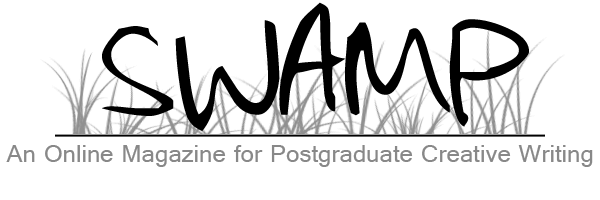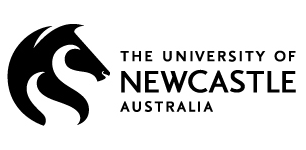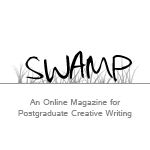12 Days of Myxoma
Andraya Stapp (University of Canberra, Australia)
In the shadow of Bowen Bridge,
soft shapes sandbag the tide,
subcutaneous swellings that burst their banks.
Blindly the river rampages
between the sockets of ocular stone,
each arch reinforced by arthropod kisses.
They cross wet fur – and pause –
to tremble-sing at the intimacy
of finding a comrade.
Their river song carries us –
so away we go,
like rabbits that Run, Run, Run!
on stick legs (pony legs, Mum says)
you sing:
Oma rāpeti, Oma rāpeti
Oma, oma, oma (doing the hand actions)
while the water swells around concrete
and engorged genitals.
Bowen Bridge is 976 meters in length,
with an initial 48 hours of febrile listlessness;
you recall the moment
Mum tells you you have the mumps
when you can’t swallow or blink.
Can you see the stiff bodies?
A stranger – male and suited –
declares smouldering and self-congratulatory
on the tv screen:
look at what we’ve achieved,
we kill ‘em all here in Tasmania!
In the first three days come the archetypal sores,
by the tenth rise the stems
from the bulb.
Dehydrated we roll in the long grass,
wonder what was meant by Jackalopes anyway?
I cry and you say –
there’s nothing to be done.
A little water, perhaps
Considering we are all so thirsty
and the river is just there
– if only the sun was further to the west,
or if the pain was not so sharp in our sides
from all the cowling.
Pus soaked, we lick towards
the sound of water. Pus soaked,
we sag our leonine heads away from coverts.
Here tremor the critters of terrestrial toil,
carcass-seeds that seed the ongoingness
of this which we gift you,
says the man who bows and claps
and shouts at how much good it does
the ‘native species’,
until it sprouts horns on another critter
– and then oops, we didn’t see that one coming.
Far, far from home,
that Iberian coast,
the blue-jewelled water that
bordered your eyes like lashes.
There you cultivated soil and sand,
gaily leapt and spun lynx
beneath the gaze of hawks
and circling wing-shade.
In the spasm of Bowen Bridge,
that artifact built to drive the lot from
A to B (DEC)
back for work, or school
or some mundane or sacred dream
– do you see the light of Spain
in the swell-storm of your eye?
Contort towards the secretions of others,
for surely connected, segmented,
more will come.
Glue eye to gelatinous eye,
sinew to sinew and make the bridge—stretch a little further.
We sing:
Piko, piko, piko, piko,piko, piko Toro, piko
Toro, toro, toro, toro, toro, toro Piko, toro,
Our faces pressed hard against the glass
we make out shapes in the scrub,
think of Wilfred Owen,
what our teachers taught us at school
of men gone to war and come back ‘Mental Cases’.
Drown rabbit, drown rabbit, we plead
Drown blind, not seeing the structure
that has structured structures
taxonomies and species:
“Ever from their hair and through their hand palms…”
but I can turn the page anytime I like.
How many days has it been now?
No, No, No, you say
slapping your own cheek free of a proboscis
we suddenly wonder
will we too become rabbits?
Our car travels over the saliva of Bowen Bridge
and we are gone.
But at night we shudder,
pull our blankets under our chins –
Pray for their swift death.
Andraya Stapp was born in Aotearoa (New Zealand) and is a member of Ngāti Porou tribe. She has been privileged to grow and flourish on Ngarrindjeri and Ngunnawal country. Her PhD, about human and nonhuman connectedness, is told with and written with five free-roaming rabbits that have made a territory of her house. Her writing acts as a kawe mate – a Māori ritual of remembrance – for the dead. She writes to honour and memorialise nonhuman life as an act of ‘staying with the trouble’ (Donna Haraway, 2016).






